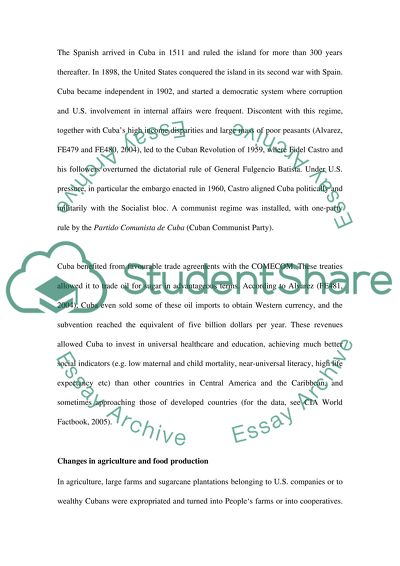Cite this document
(“Critical review of a food security intervention in Cuba Essay”, n.d.)
Critical review of a food security intervention in Cuba Essay. Retrieved from https://studentshare.org/health-sciences-medicine/1527995-critical-review-of-a-food-security-intervention-in-cuba
Critical review of a food security intervention in Cuba Essay. Retrieved from https://studentshare.org/health-sciences-medicine/1527995-critical-review-of-a-food-security-intervention-in-cuba
(Critical Review of a Food Security Intervention in Cuba Essay)
Critical Review of a Food Security Intervention in Cuba Essay. https://studentshare.org/health-sciences-medicine/1527995-critical-review-of-a-food-security-intervention-in-cuba.
Critical Review of a Food Security Intervention in Cuba Essay. https://studentshare.org/health-sciences-medicine/1527995-critical-review-of-a-food-security-intervention-in-cuba.
“Critical Review of a Food Security Intervention in Cuba Essay”, n.d. https://studentshare.org/health-sciences-medicine/1527995-critical-review-of-a-food-security-intervention-in-cuba.


